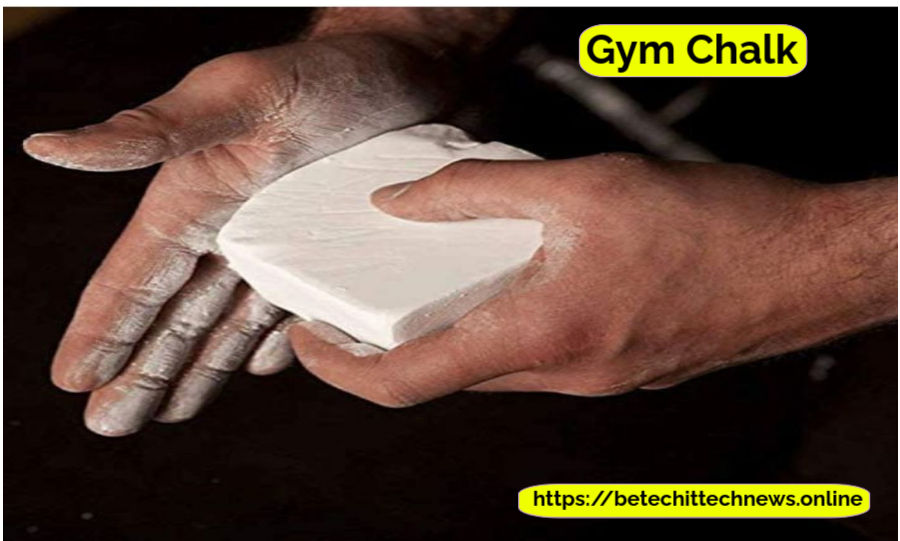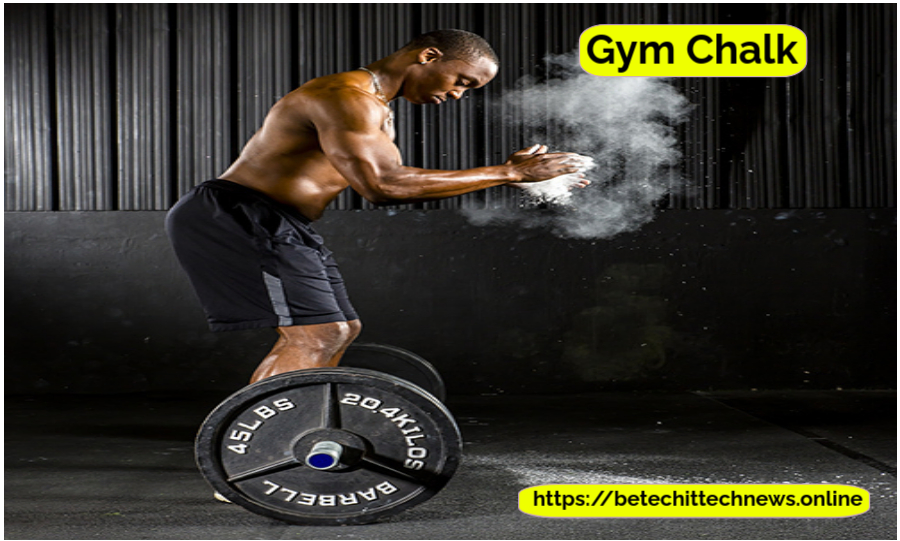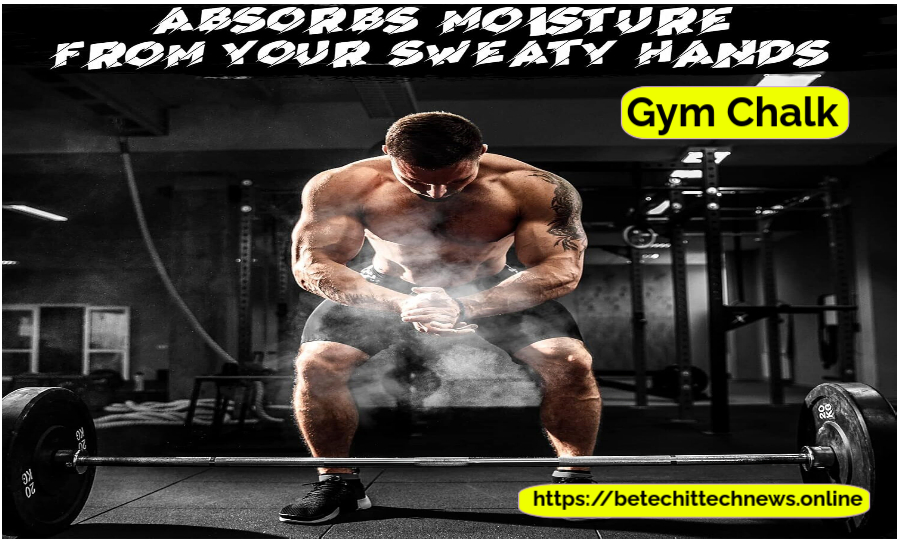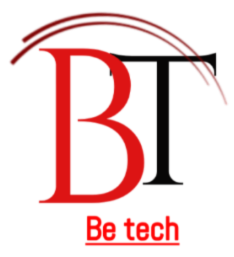
When you step into the gym, the last thing you want to worry about is losing your grip on that heavy barbell. Enter gym chalk—your trusty companion for a solid workout. Whether you’re lifting weights, rock climbing, or just trying to maintain a perfect grip, chalk is a game-changer. In this guide, we’ll explore everything you need to know about gym chalk, including its benefits, types, and where to find the best options online!
Table of Contents
What Is Gym Chalk?
You might be wondering, “What exactly is this magical powder?” Gym chalk, also known as magnesium carbonate, is a drying agent used to enhance grip and reduce moisture on your hands. While it’s widely used in sports like weightlifting and gymnastics, it’s also popular in activities such as rock climbing and CrossFit.
Imagine gearing up for a heavy deadlift. You’ve done your warm-up and are ready to lift that weight. But wait! Your palms are sweaty, and you’re worried about slipping. A quick application of chalk transforms your grip, giving you the confidence to crush your personal record (PR).

The Benefits of Using Gym Chalk
Now that we’ve covered what gym chalk is, let’s chat about why you should consider using it. One of the most significant benefits of chalk in the gym is that it helps improve your grip strength. When your hands are dry, you can hold onto the bar or equipment more securely.
Not only does this enhance your performance, but it also reduces the risk of injury. When you grip a barbell tightly, you’re less likely to lose control, which can lead to dangerous situations. Plus, chalk allows you to lift heavier weights with more confidence, pushing your limits further than ever before.
Different Types of Gym Chalk
When it comes to gym chalk, not all products are created equal. You’ll find various forms available, including block chalk, loose chalk, and liquid chalk.
Block chalk is what you’ll typically see at gyms. It’s easy to break off pieces and apply to your hands. On the other hand, loose chalk comes in a bag and can be messier, but many lifters swear by it for its superior drying properties. If you’re looking for convenience, liquid chalk might be your best option. This type goes on smoothly and dries quickly, making it perfect for those who don’t want to deal with the powdery mess.
How to Apply Gym Chalk
Applying gym chalk is a straightforward process, but doing it right can make all the difference. Start with clean, dry hands. Then, grab your preferred chalk type—whether it’s a block, loose powder, or liquid. If you’re using block chalk, simply break off a small piece and rub it onto your palms. For loose chalk, dip your hands into the bag and clap them together to distribute the powder evenly.
Liquid chalk requires a different approach. Just squeeze a small amount onto your hands, rub it in, and allow it to dry for a few seconds. This application method not only helps to keep your grip strong but also minimizes the mess associated with traditional chalk. Once you’re done, your hands will feel secure and ready for any workout!
The Best Places to Buy Gym Chalk
Now that you’re convinced about the benefits of using chalk, where can you find the best options? Many online retailers offer a variety of gym chalk products. Popular websites like Amazon and Walmart have extensive selections, allowing you to compare prices and read customer reviews.
If you prefer specialty sports stores, check out websites like MUTE Sports Equipment or Gods of Grip, where you can find high-quality options tailored for serious athletes. Don’t forget to look for brands that offer eco-friendly or biodegradable chalk options if you want to be more environmentally conscious!
Myths About Gym Chalk
Despite its popularity, several myths surround gym chalk that might deter some athletes from using it. One common misconception is that chalk is only for serious lifters. In reality, anyone can benefit from using chalk, regardless of their fitness level. Whether you’re a newbie at the chalk gym NYC or a seasoned athlete, chalk can help you improve your performance.
Another myth is that using chalk will ruin your equipment. While it’s true that chalk can create some mess, most gyms have systems in place to manage this. Properly applying and cleaning up chalk after your workout can minimize any issues, ensuring that both you and your gym are happy.

Tips for Using Chalk Effectively
To get the most out of your gym chalk, consider a few tips. First, use it sparingly. A little goes a long way, so you don’t need to completely cover your hands. Start with a small amount and add more if necessary.
Second, be mindful of your environment. If you’re lifting in a shared space, try to keep your chalk application contained to avoid spreading powder everywhere. Bring a small towel to wipe your hands before touching equipment, and always clean up after yourself to maintain a clean gym environment.
Finally, experiment with different types of chalk to find what works best for you. Some athletes prefer the traditional block chalk, while others might enjoy the convenience of liquid chalk. Finding the right fit can make your workouts even more enjoyable!
Frequently Asked Questions About Gym Chalk
What is gym chalk made of?
Gym chalk, also known as magnesium carbonate, is primarily composed of magnesium and carbon. This powdery substance absorbs moisture and helps keep your hands dry during workouts. While it is most commonly associated with weightlifting and gymnastics, its use has expanded to various sports, including rock climbing and CrossFit. The drying properties of chalk make it an essential accessory for athletes looking to maintain a secure grip on their equipment.
Why should I use chalk?
Using chalk in the gym can significantly improve your performance. One of the primary reasons to use gym chalk is to enhance your grip strength. When your palms are dry, you can hold onto weights, bars, or climbing holds more securely. This not only allows you to lift heavier weights but also minimizes the risk of slippage, which can lead to injuries.
Additionally, chalk helps to absorb sweat, providing you with a consistent grip throughout your workout. Many athletes find that using chalk allows them to focus more on their form and technique, rather than worrying about losing their grip. Whether you’re at a chalk gym in NYC or your local fitness center, incorporating gym chalk into your routine can elevate your performance.
How do I apply chalk for gym?
Applying gym chalk is a straightforward process, but the technique can make a difference. First, ensure your hands are clean and dry. If you’re using block chalk, break off a small piece and rub it between your palms. For loose chalk, dip your hands into the bag and clap them together to distribute the powder evenly.
If you prefer liquid chalk, simply squeeze a small amount onto your hands, rub it in, and let it dry for a few seconds. This method provides a secure grip while minimizing the mess often associated with traditional chalk. Regardless of the type, make sure to avoid applying too much—just a light coating should do the trick!
Can anyone use chalk?
Absolutely! Gym chalk is suitable for athletes of all levels, whether you’re a seasoned lifter or just starting your fitness journey. Many beginners may feel intimidated by using chalk, thinking it’s only for serious athletes, but that’s not the case. If you plan to engage in activities that require a strong grip, like weightlifting or climbing, using chalk can enhance your experience and performance.
Additionally, gyms often provide chalk for their members, especially in chalk gyms that cater to weightlifting and climbing. Don’t hesitate to give it a try—many athletes report improved confidence and results after incorporating chalk into their workouts.
Are there different types of chalk for gym?
Yes! There are several types of gym chalk available, each with its advantages. The most common types are:
- Block Chalk: This traditional form of chalk is easy to use. You simply break off a piece and apply it to your hands. Block chalk is popular in gyms and often found in chalk gym NYC locations.
- Loose Chalk: Typically sold in a bag, loose chalk can create a mess but is favored by many lifters for its ability to dry hands quickly. Users can dip their hands into the bag and clap to distribute the chalk evenly.
- Liquid Chalk: A newer option, liquid chalk goes on smoothly and dries quickly, providing a strong grip without the powdery mess. This type is ideal for athletes who prefer convenience and cleanliness.
Choosing the right type of chalk depends on personal preference and the specific activity you’re engaging in. Experimenting with different types can help you find the best fit for your needs.
Is chalk safe to use?
Yes, gym chalk is generally safe for most people. It’s made from natural minerals and is non-toxic, making it suitable for athletes without allergies to its ingredients. However, as with any product, some individuals may have sensitivities or allergies. If you have concerns, it’s always a good idea to consult a healthcare professional before using chalk.
One thing to keep in mind is that, while gym chalk is safe, it can create a mess. Be sure to clean up after yourself to maintain a tidy workout environment. Most gyms provide cleaning supplies, so make it a habit to wipe down any chalk residue after your session.

How does chalk help with injury prevention?
Using gym chalk can significantly reduce the risk of injuries during your workouts. A secure grip is crucial for maintaining control over weights and equipment. When you use chalk, it helps keep your hands dry, allowing you to focus on your lifts rather than worrying about slipping.
Additionally, a solid grip can enhance your overall stability during exercises. For example, during heavy lifts like squats or deadlifts, a firm hold on the bar can prevent sudden movements that might lead to strains or other injuries. By ensuring that you have the right grip, you’ll be able to lift safely and effectively.
Where can I buy chalk for gym?
You can find gym chalk in various places, both online and in-store. Popular online retailers like Amazon and Walmart offer a wide selection, allowing you to compare different brands and read customer reviews. If you prefer shopping at a physical store, check out local sports equipment stores or specialty fitness shops.
For those looking for high-quality options, websites like MUTE Sports Equipment and Gods of Grip provide a variety of chalk products tailored for serious athletes. If you’re in an area with chalk gyms, inquire whether they sell chalk directly or recommend local suppliers.
Can gym chalk be used for activities other than weightlifting?
Yes! While gym chalk is most commonly associated with weightlifting, its use extends to various activities that require a strong grip. Rock climbers often rely on chalk to keep their hands dry while navigating challenging routes. Gymnasts also use chalk to enhance their grip on apparatuses, ensuring they can perform complex movements without slipping.
Additionally, athletes participating in CrossFit and powerlifting utilize chalk during their workouts to maintain a secure grip on bars and equipment. Essentially, if an activity requires a strong grip, gym chalk can be beneficial!
How can I store chalk of gym to keep it fresh?
Proper storage of gym chalk can help maintain its effectiveness. If you’re using block or loose chalk, keep it in a cool, dry place to prevent moisture from affecting its quality. A small chalk bag can also be handy for transporting chalk to the gym while minimizing mess.
For liquid chalk, make sure the cap is tightly sealed after each use to prevent it from drying out. Storing it upright in a cool place will help prolong its shelf life. Taking these simple steps can ensure that your gym chalk remains effective for all your workouts.
If you want to write blogs please contact us.
